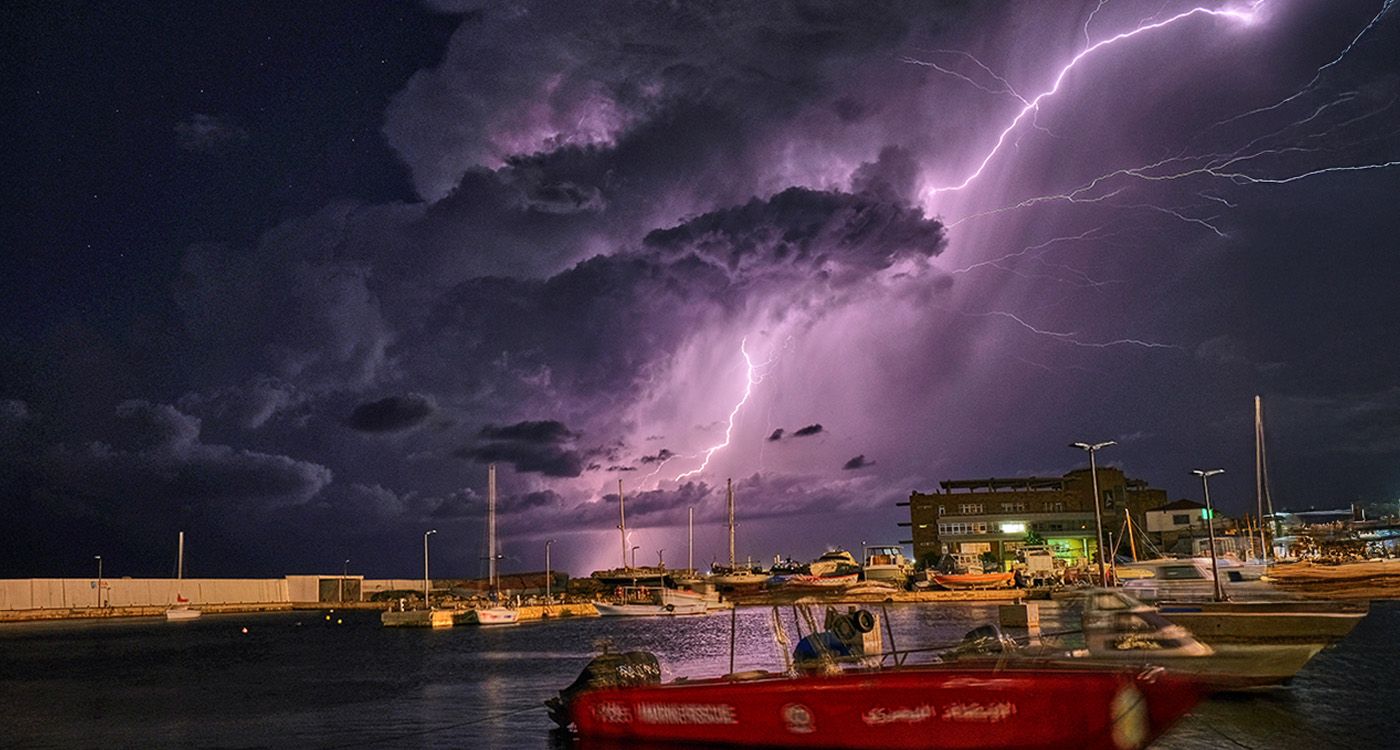
Lebanon is experiencing severe weather as Storm “Adam,” a polar-origin low-pressure system, brings heavy rainfall, strong winds and widespread snowfall. The Lebanese Meteorological Service warns that while the storm began Wednesday night, it will intensify over the weekend as the coldest air mass arrives on Saturday and Sunday.
Snow is expected at elevations of 400 meters and above, with forecasts predicting accumulation as low as 300 meters, particularly in northern Lebanon. Temperatures have dropped sharply, with Beirut averaging 11°C - 19°C, Tripoli 8°C - 19°C, and Zahle 3°C - 13°C. The storm will persist until Tuesday, bringing a freezing spell and potential ice formation on roads above 1,000 meters of altitude.
As a precaution, Beirut’s Fire Department has also urged residents to stay indoors unless necessary and to ensure proper heating measures, while meteorological agencies continue monitoring the storm’s developments.
Heating Costs Vary
As temperatures plummet, households across Lebanon struggle with the cost of heating their homes. Various methods are available—from fuel-powered heaters to firewood and gas.
Maroun Chammas, President of the Association of Oil Importing Companies in Lebanon, explains that heating costs depend on several factors, including “the location of the house, whether it’s on the coast or in the mountains and its size.”
The current price of gas is 1,114,000 LBP per cylinder, while fuel costs $15 per gallon. Households choose their heating methods based on availability and budget constraints. “Heating a standard 100-square-meter home, which typically includes a living room, two bedrooms and a kitchen, can cost between $7 to $8 per day in cold weather,” Chammas noted.
“So today you have several ways to heat your house—either by using a furnace, small firewood or a gas heater. It also depends on the temperature,” he added.
According to a salesman at a local electrical appliance store, prices for electric heaters range from $8 to $40, while gas heaters start at around $50.
Affordability Shapes Consumer Choices
With economic hardship weighing on many families, affordability is dictating heating choices. “People are using the means they have. If they own a gas heater, they use gas. If they have access to firewood, they burn firewood,” Chammas explained.
The appliance store salesman noted that many customers opt for Syrian-made heaters due to their lower cost compared to Chinese-manufactured models. “A Chinese heater costs around $30, while a Syrian-made one—though of lower quality—costs about $15. Some customers choose the cheaper option simply because it's what they can afford,” he said.
Safety Concerns When Heating Homes
While affordability is a pressing concern, Chammas stresses that safety must remain a priority.
“My advice to consumers is to be cautious when using heating methods that might cause suffocation. Heaters should not emit carbon monoxide, as it can lead to a lack of oxygen and, ultimately, suffocation,” he warned.
“There have been many cases where people have suffered from carbon monoxide poisoning due to improper heater use. People must ensure proper ventilation and make sure their heating appliances are safe to use.”


Comments